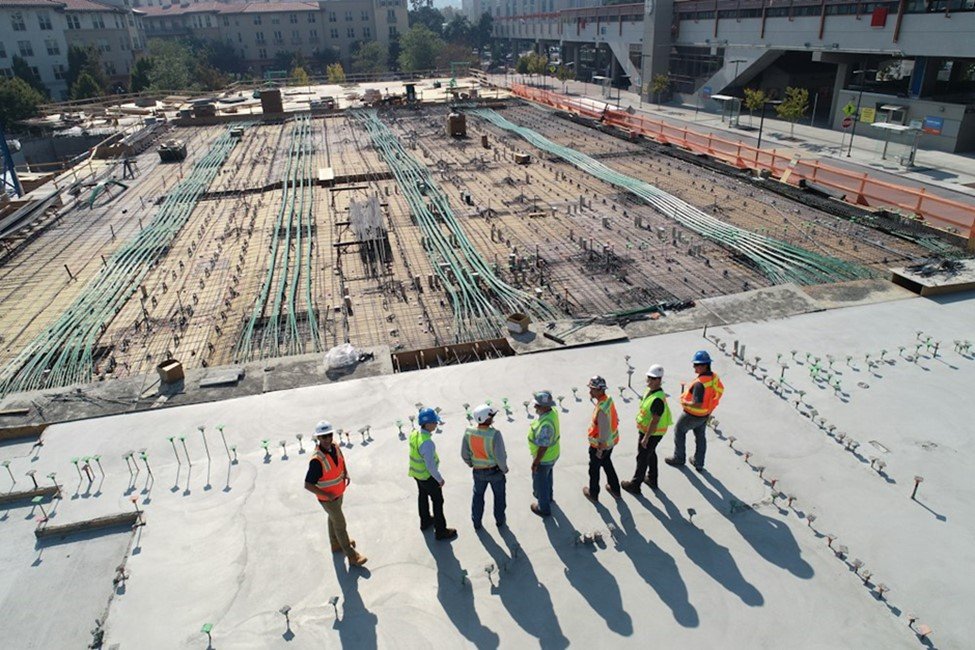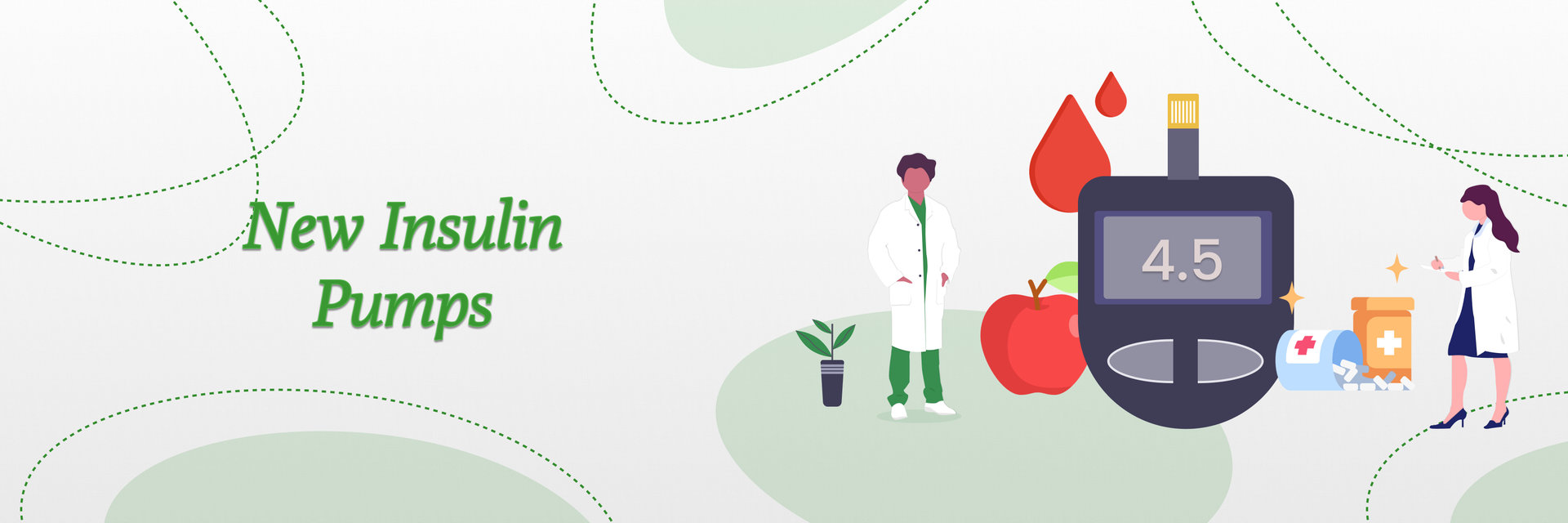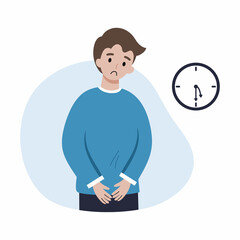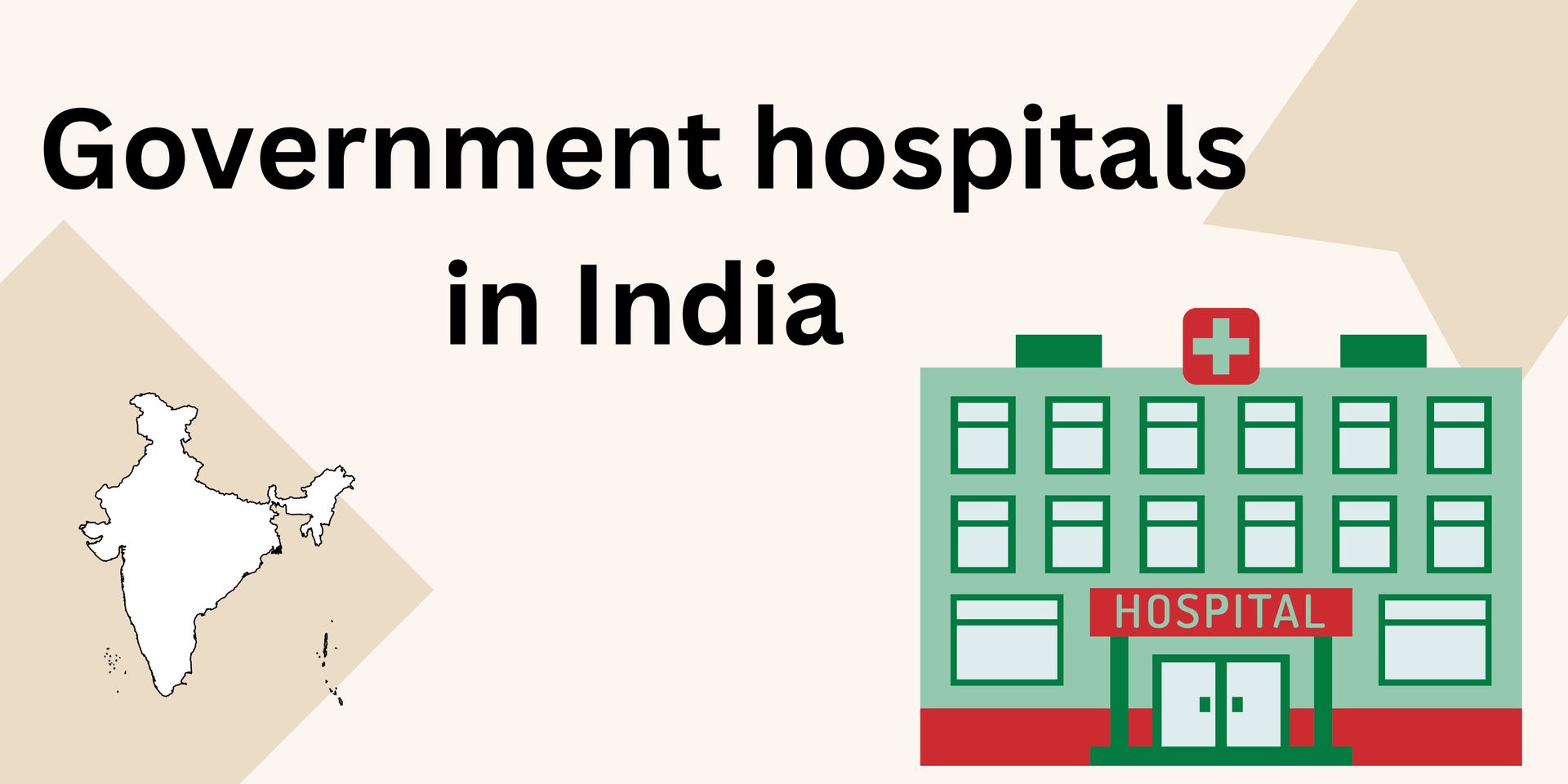
While surprising, the fatality rate in the construction industry is very high. This makes construction sites a challenging place from a health and safety perspective. While not all hazards are immediately noticeable, the construction environment presents almost all conceivable risks. Fortunately, the most common hazards within the construction sites are widely known. Responsible employers are also aware and have a duty of care to protect their employees and visitors.
Even then, those working in these environments are exposed to plenty of health and safety risks. Below are the most common health and safety risks in construction.
Noise from construction equipment and procedures pose significant health and safety risks to construction workers. Though not your typical risk expected to cause a construction injury, prolonged exposure to loud noises causes immediate and long-term health issues. Most construction workers develop hearing loss due to long exposure to loud noise.
Construction workers may also develop tinnitus. This is the ringing and buzzing sensation in your ears. Unlike hearing loss, tinnitus is temporary but may be chronic. Lastly, noise contributes to stress and fatigue. Continuous exposure to high noise levels also causes stress and exacerbates other health conditions. While you can’t avoid noise in construction environments, employers can mitigate noise and its resultant effects by:
Employers should implement these measures to create a safe working environment.
2. Respiratory Diseases
Construction workers often count themselves lucky when they return home without physical injuries. Unknown to many, some work-related injuries manifest years later. Workers often develop respiratory issues due to long exposure to dangerous airborne particles.
Workers inhale dangerous fumes from construction practices, such as applying foam insulation or paint works. Other maintenance and daily construction tasks like sanding also introduce harmful particles into the air. If employees don’t protect themselves, particles can enter their airways, causing respiratory irritation. Implementing strict engineering and administrative controls is the best way to mitigate respiratory risks. Workers should also be trained and wear appropriate PPEs.
3. Electrocutions
Electrocutions are serious and often fatal health and safety risks in the construction industry. Various electrical tools and wiring are used in construction sites, which increases the risk of electrical injuries. In most cases, electrocution is caused by direct contact with live wires. Construction workers can touch exposed or damaged wires, suffering electric shock. Other causes of electrocution in construction sites include:
- Faulty equipment
- Inadequate grounding
- Lack of training
- Proximity to overhead power lines
- Water and electricity
Fortunately, electrocutions can be avoided in construction sites. Construction workers should be trained adequately, given proper personal protective equipment, and trained to observe safe work practices to avoid these risks.
4. Trips and falls
Most injuries in construction sites result from trips and falls. Tripping and falling from high ground also cause severe fractures and even fatalities. Trips and falls commonly occur due to uneven surfaces and poor lighting in construction sites. However, the presence of unprotected edges and construction debris also contribute to these accidents.
Fortunately, avoiding trips and falls is very easy. Construction workers should begin by prioritizing their safety. This is through proper housekeeping, adequate lighting, and ensuring all walking surfaces are safe. This may mean the installation of guardrails or ladders.
5. Suicide
Another less expected health and safety risk in a construction environment is suicide. The construction industry is full of many challenges that impair employees’ mental well-being. For starters, there is a lot of work-related stress in the construction realm. Construction works are very demanding. There is a lot of pressure to meet deadlines, and employees often have to stick to a tight schedule.
Job insecurity also impairs mental health. Construction projects are cyclic in nature. As such, those in the industry can’t be certain about their future. Isolation and stigma also contribute to declining mental health. Employees should promote mental health awareness to improve mental health among their employees. Providing a balanced work-life and access to support services also helps.
Endnote
The construction industry is large and attracts millions of workers. Unfortunately, the injury rates of construction workers are above the national average across various industries. While construction environments are not risk-free, developers and construction workers should implement multiple measures to reduce these risks. Proper training, observing best practices at work, and using PPEs can improve the primary health an







